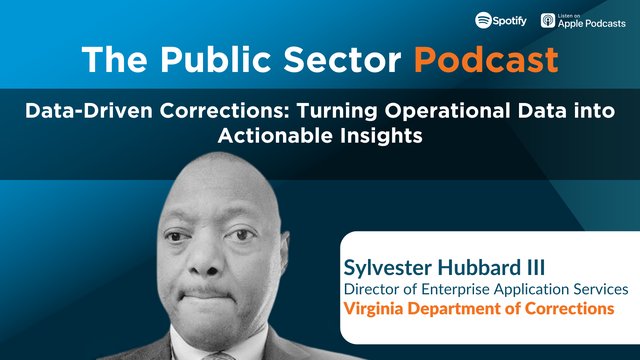
With tighter budgets, expanding workloads, increased regulatory requirements, rising data security concerns and growing citizen expectations, public sector operators are being tasked with the challenge of doing more with less. In fact, budget constraints have already been indicated as the number one global barrier to innovation in the public sector space (figure 3 2023 Global Government Survey Report).
Overcoming these challenges involves maximising current and future workforces, as well as embracing technologies to drive digital transformation. Emerging as a solution is automation. While not new, over the last few years advances in robotics have made Intelligent Automation (IA), Robotic Process Automation (RPA), Machine Learning (ML) and even Artificial Intelligence (AI) viable and transformative tools for public sector operators.
With public sector operators looking to modernise and meet growing user expectations while ensuring maximum ROI for taxpayer dollars it comes as no surprise that automating processes was the number one priority among survey respondents, at 22%, over the short-mid term for global government professionals. Process automation was the number one priority in the USA. Coming in a near second is advancing workplace culture at 21% and becoming more data driven at 20%. For public sector professionals in New Zealand data centricity sits at the top of the priority list (figure 5).

Interestingly, when integrated strategically, with careful change management and the right data and technology foundations, process automation will simultaneously drive culture enhancements and data-centric priorities too.
By deploying, maturing, and scaling automation tools like RPA, mundane, transactional processes can be automated allowing public servants to focus on more value-added activities. This leads to improved productivity and faster service delivery, benefiting both citizens and government employees. Automation also enhances accuracy, reducing the risk of human error and ensuring consistency in processes.
With valuable time and resources gained these employees can be upskilled and redeployed to focus on data collection, integration, and analysis. Through this data-led approach decision-makers can access real-time insights, empowering them to make informed choices based on hard evidence. With streamlined data processes, government agencies gain the power to spot trends, optimise resource allocation, and measure outcomes with precision. It's a transformative shift that unlocks innovation and drives superior service delivery for citizens, all the while creating more engaging work for public sector professionals.
Case Study Snapshot – WorkSafe New Zealand
Ensuring Safety and Efficiency with User-Centred Digital Transformation
Insights from Angus Deacon, Design Lead, WorkSafe NZ
The Challenge:
Sadly New Zealand has some disappointing statistics when it comes to safety and well-being in the workplace. Following the Pike River Mine Disaster in 2010 that tragically took the lives of 29 New Zealanders WorkSafe NZ, New Zealand’s primary workplace health and safety regulator was stood up. Through digital transformation initiatives WorkSafe aims to make interactions with the Department more efficient and effective, and to get more New Zealanders home safe from work and back to their loved ones.
The Strategy:
As a business WorkSafe has a real appetite to evolve, led from top-down executive strategy. Operating with a mantra of Think Big, Start Small, and Learn Fast (and do it together) has guided the Department to where it is today. Initially the amount of work that needed to be done to modernise services was intimidating, with dated legacy systems requiring a lot of upgrading and attention. However, by focussing on what a Minimum Viable Product (MVP) could look like and where value could be delivered quickly, WorkSafe was able to quickly build up momentum.
“Don’t rely on external consultant agencies to do all the work for you. So many times I’ve seen roadmaps or fancy looking strategy documents being drafted up by those who are so removed from the actual day-to-day business side of things that it often does not translate when handed over the fence. The organisation themselves need to unpack it internally to create a holistic and pragmatic approach.”
- Angus Deacon
The Outcome:
Although still only at the start of their journey WorkSafe has embraced an agile way of working and is already delivering products and solutions that are helping people within a few short months. New tools are saving WorkSafe staff hundreds of hours of unnecessary work and better connecting data to allow valuable insights to be gained
Feedback from both the public who have started using the new self-service portal, and from WorkSafe staff has been extremely positive. Looking to the future, key to continuing to drive positive change within WorkSafe is engaging with customers and staff to gain feedback along the way to ensure the Department is designing fit-for-purpose solutions.
Interested in learning more?
Sign up for free to Public Sector Network's social learning platform to access the full '2023 Global Government Survey Report'. By analysing global government trends, collected from over 6,000 government professionals across Australia, New Zealand, the United States and Canada, this report identifies common areas of concern and success, promoting knowledge exchange and fostering international collaboration in an effort to help build the thriving, citizen-centric governments of tomorrow.


































